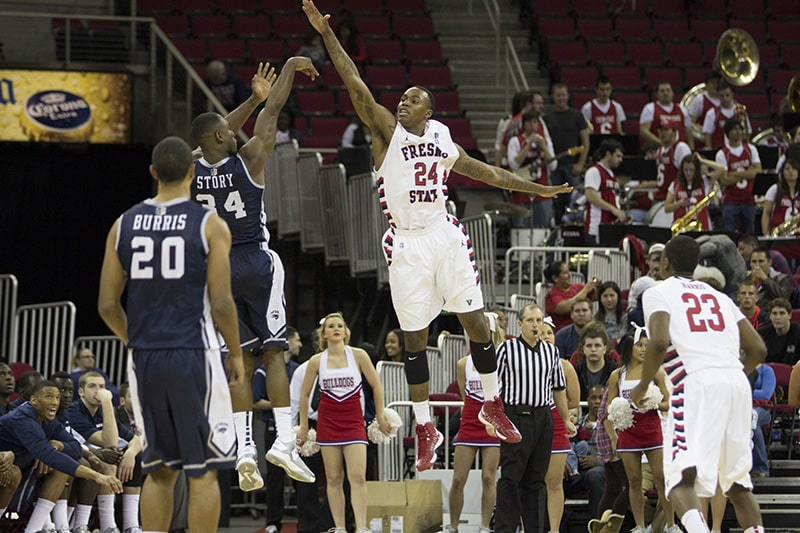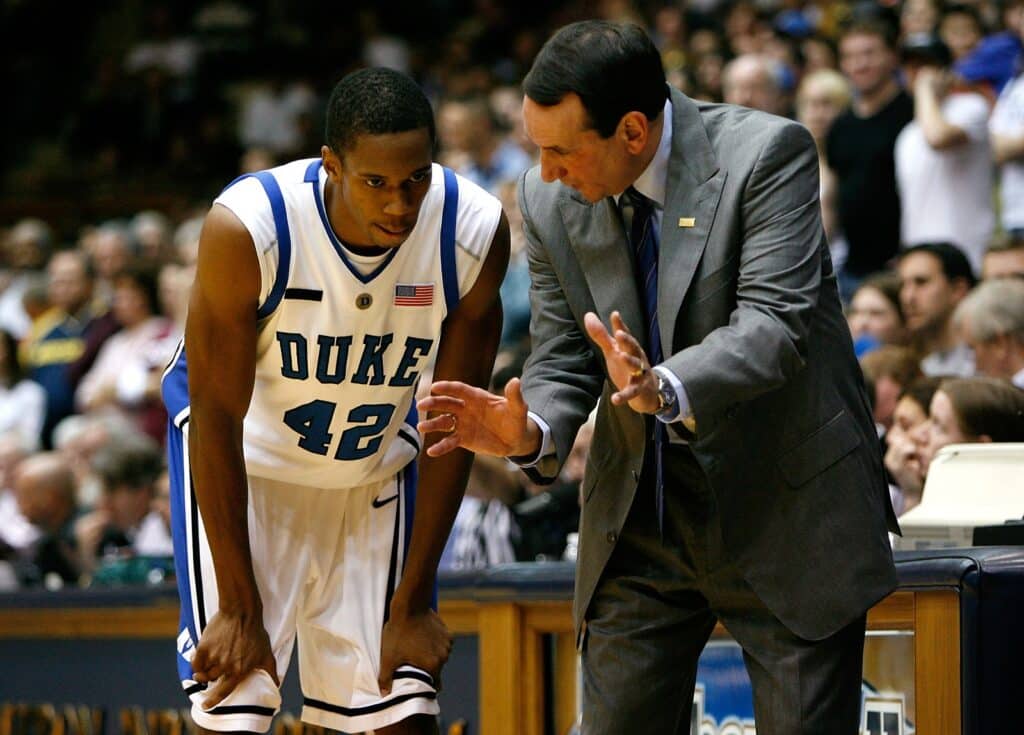
How to Adapt Your Coaching Style for Different Players: Learning to be Flexible as a Coach
Adapting your coaching style to meet the diverse needs of players is essential for maximizing their potential and achieving team success. Every player comes with unique strengths, weaknesses, and learning preferences, and tailoring your approach can significantly influence their development and performance.
Below, we outline a comprehensive guide to help you adapt your coaching style effectively.

1. Understand Individual Player Needs
Assess Strengths and Weaknesses
Understanding the individual needs of each player is the first step in adapting your coaching style. This involves evaluating each player’s strengths and weaknesses through performance assessments, practice observations, and feedback. Utilize drills and scrimmages to identify areas for improvement. For example, if a player excels in shooting but struggles with defensive positioning, you can customize practice plans to focus more on defensive drills while still refining their shooting skills.
In addition, consider using performance metrics to track player development over time. This can include statistics like shooting percentage, assists, and turnovers, which can help you identify specific areas that need attention.
Identify Learning Styles
Every player learns differently, and identifying their learning styles can enhance your coaching effectiveness. Common learning styles include:
- Visual Learners: These players benefit from visual aids such as diagrams, videos, and demonstrations. Using a whiteboard to draw plays or showing video clips of successful strategies can help them grasp concepts more easily.
- Auditory Learners: These players absorb information better through verbal explanations and discussions. Use clear and concise verbal instructions and encourage open dialogue during practices.
- Kinesthetic Learners: These players learn best through hands-on experience. Incorporate drills that allow them to practice techniques in a dynamic setting, and provide opportunities for them to experiment with movements in real-time.
By adapting your coaching methods to accommodate these learning styles, you can create a more inclusive and effective learning environment.

2. Customize Communication Techniques
Direct Communication
Different players respond to varying styles of communication, so it’s important to tailor your approach accordingly. Some players may prefer straightforward, no-nonsense communication. For these players, use clear, direct instructions and immediate feedback. For example, during a drill, you might say, “When you receive the ball, look for the open teammate instead of forcing a shot.” This type of direct guidance can help them make quick adjustments in their play.
Encouraging Feedback
Conversely, some players may require more encouragement and positive reinforcement. Recognizing their efforts and improvements can foster confidence. Use constructive feedback that highlights what they did well before addressing areas for improvement. For example, you might say, “You did a great job moving without the ball; now let’s work on your shooting form to increase accuracy.”
One-on-One Meetings
Consider scheduling individual meetings with players to discuss their personal goals, concerns, and preferences. This personalized attention can build trust and rapport, creating a safe space for players to express themselves. In these meetings, you can delve deeper into their aspirations and how they prefer to receive feedback. By understanding their motivations, you can tailor your coaching approach to meet their needs more effectively.
3. Adjust Coaching Strategies
Skill Development
Tailor your coaching strategies to address individual skill levels and needs. For advanced players, focus on refining techniques and enhancing performance through challenging drills that push them beyond their comfort zones. For example, you might introduce advanced shooting drills that require players to shoot under pressure or while fatigued.
For less experienced players, emphasize fundamental skills and gradual progression. Create drills that break down complex skills into manageable parts, allowing these players to build their confidence and competence. Incorporate repetition into practice sessions to help them internalize techniques, such as dribbling or passing.
Game Situations
Customize game strategies and player roles based on their strengths. For instance, assign defensive specialists to guard the opposing team’s top scorers, while designating playmakers to handle critical moments in the game. By leveraging each player’s unique strengths, you can maximize your team’s performance.
During games, be prepared to adjust your strategies based on player performance and opponent tendencies. Encourage players to communicate during the game to make on-the-fly adjustments, reinforcing their understanding of the game’s flow.

4. Foster a Positive and Inclusive Environment
Creating a positive team culture is essential for fostering player development and team cohesion. Here’s how you can achieve this:
Encourage Teamwork
Promote collaboration and mutual support among players. Encourage them to respect each other’s differences and work together towards common goals. Organize team-building activities that allow players to bond outside of practice. This can include outings, games, or community service projects that promote teamwork and camaraderie.
Celebrate Diversity
Recognize and celebrate the unique contributions of each player. Create opportunities for players to showcase their strengths, whether through leadership roles, special skills showcases, or by assigning specific responsibilities during practices. This acknowledgment can help each player feel valued and increase their motivation to contribute to the team’s success.
5. Be Flexible and Adaptable
Flexibility is key to effectively adapting your coaching style. Here’s how to remain adaptable:
Monitor Progress
Continuously monitor each player’s progress and be willing to adjust your coaching methods as needed. Regularly assess whether the strategies you are using are effective or if players are struggling. Collect feedback from players about what’s working and what isn’t, and be prepared to make changes to your approach.
Adjust Goals
Modify individual and team goals based on players’ progress and performance. Set realistic and achievable targets that align with their current abilities. For instance, if a player who struggled with shooting improves significantly, you might set a new goal for them to work on shooting from longer distances.
6. Provide Tailored Feedback and Motivation
Personalized Feedback
Offer feedback that is tailored to each player’s development needs. Be specific in your observations, focusing on particular actions or behaviors. For instance, instead of saying, “You need to improve your defense,” specify, “Try to stay lower in your stance and keep your hands up to contest shots.”
Motivation Techniques
Explore various motivation techniques to engage players. Different players may respond to different types of motivation, such as competitive challenges, personal accolades, or group recognition. Understanding what drives each player can help you tailor your motivational strategies effectively.
How to Adapt Your Coaching Style for Different Players Conclusion:
Adapting your coaching style to meet the diverse needs of players is not just beneficial—it is essential for creating a successful team environment. By understanding individual player needs, customizing communication techniques, adjusting coaching strategies, fostering a positive atmosphere, remaining flexible, and providing tailored feedback, you can help each player maximize their potential and contribute to the team’s success.
Remember, the ultimate goal of coaching is not just to win games, but to develop well-rounded individuals who learn valuable life skills through basketball. Your adaptability as a coach plays a significant role in shaping their experiences and growth on and off the court.




